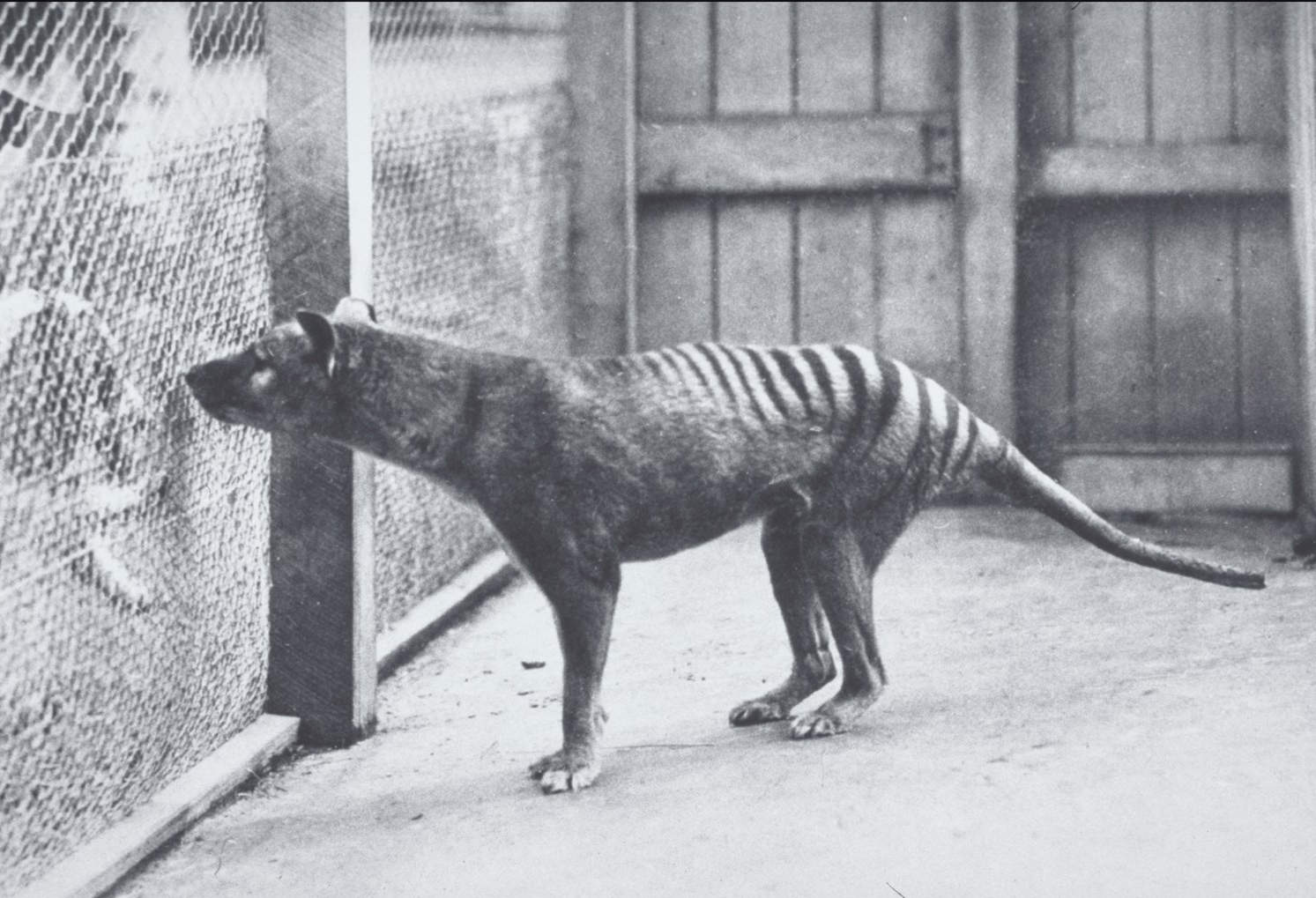Share this article
Wildlife Featured in this article
- Tasmanian tiger
Breakthrough research recovers Tasmanian tiger RNA
It’s the first time RNA has been taken from an extinct species
Researchers have sequenced RNA from a Tasmanian tiger—a first for an extinct animal. Scientists used tissue samples from a 132-year-old museum specimen of the thylacine (Thylacinus cynocephalus) to get information about its makeup in hopes of better understanding the carnivorous marsupial. The last known Tasmanian tiger died in captivity in 1936.
Unlike DNA, which has been obtained from million-year-old specimens, RNA breaks down quickly. “Outside of living cells, it’s believed to be degraded or destroyed in minutes,” Stockholm University geneticist Marc Friedländer, a co-author of the study published in Genome Research, told Nature.
By being able to sequence it, researchers hope they can answer questions that DNA can’t address, including ancient viruses found in the animal. “As opposed to looking at what a genome is, we can look at what the genome does,” geneticist Oliver Smith told Nature.
Header Image: The Tasmanian tiger, or thylacine, seen here in a zoo in the 1920s, has been extinct since 1936. Credit: Harry Burrell








